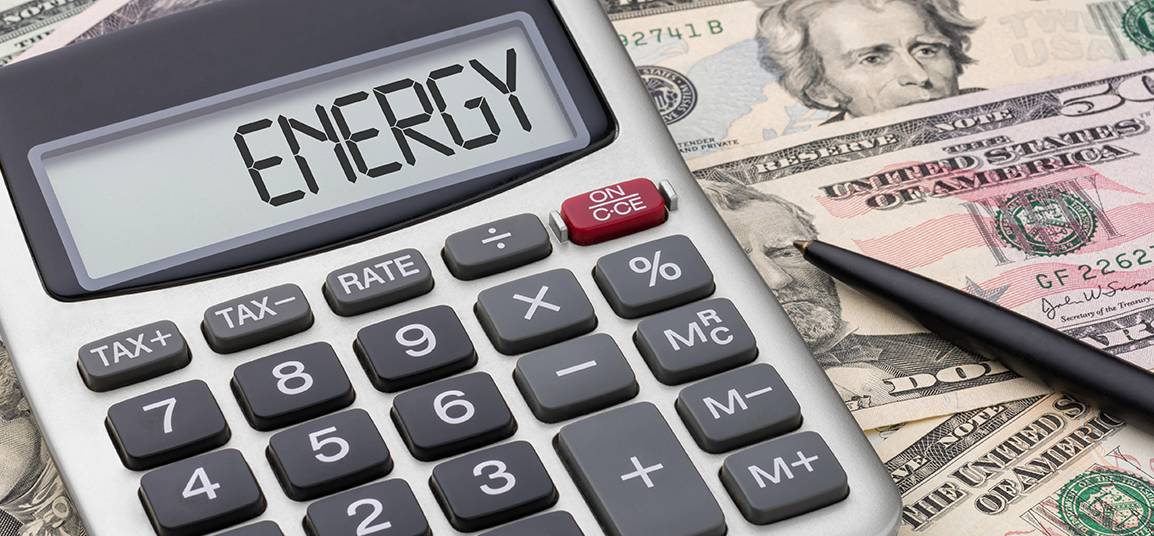What are demand charges?
Many utilities offer a rate plan that charges business in their service area ‘demand’ charges. Demand charges are intended to encourage you to spread out your electricity usage over time to prevent overall peaks in grid electricity demand. Demand charges are calculated during the period of time, the billing month, when your business uses the most electricity.
Why would I opt to have a demand charge, if there’s an option?
In utility service areas where you have an option, the rates for energy usage are generally comparably lower when you agree to a rate schedule that adds demand charges. You can save substantially on your electric bill if you are able to moderate your electricity demand, in addition to your electricity usage.
What’s the difference between electricity demand and electricity usage/supply?
Electricity demand is the measure of the most electricity that you use over a short period of time, measured in kilowatts. So, if you add up the power draw of your business lighting, air conditioning, electronic equipment and other electricity-using devices simultaneously, your demand would be the amount of power being used at that moment in time.
Electricity usage or supply charges are a measure of the total amount of electricity consumed over the billing month, in kilowatt hours. It’s the sum of all of the electricity-consuming systems and devices that your business uses over the entire month.
While your demand goes up and down depending on your power needs at a given time, your usage charges are cumulative over your billing period.
How can I determine if a rate class with demand charges is best for me?
Here are some questions to ask yourself before switching to a rate class that includes demand charges, if it’s an option for you:
- Am I able to stagger the amount of electricity that is used at a given time, or is it necessary for me to have all building systems and electronics operating at once? The needs of your business will often dictate whether you can make a dent in those demand charges, or whether they will be relatively stable from month to month. If there’s no option but for all systems to be ‘on’ during the day, then you may be better able to control costs by focusing on managing usage charges.
- Can I better control those systems that are currently automated? HVAC and lighting systems are the biggest drivers of electricity demand in the standard commercial office, while refrigeration has a major impact in the food service realm. Often, these systems are on timers or managed to set points. They use the most energy when turning on, and if they turn on simultaneously, it can cause a spike in your demand.
- Can I get buy-in from my staff/building occupants to assist with better managing demand? Managing demand relies on the assistance of everyone who interfaces with your thermostats, lighting, security and electronics. Are your building occupants on-side to assist with energy cost savings, and can management help push the goal of spreading energy usage over time?
- Do my utility offer tools to help me evaluate electricity plans? Many utilities offer web-based tools that look at your current usage and demand and determines whether a new plan might offer overall savings. If your demand is already relatively low, it’s possible that making a switch will allow for energy cost savings, even without other changes to your electricity consumption patterns.
What if my rate class includes already includes demand charges? How can I reduce them?
Depending on the size of your business, the amount of your current metered demand, and your utility service area, you may not have an option but to choose a rate class that includes demand charges. The good news is that there are a lot of options to reduce those demand charges. A couple of ideas are:
- Enroll in a demand response incentive program. Utilities will often provide incentives for businesses who are able to curb their demand during a specific window of time when grid demand is particularly high. Utilities issue advanced notice of such events, and all your business needs to do is moderate energy usage during the event by increasing the temperature of the thermostat by a handful of degrees. In exchange for reducing demand during this limited window of time, the utility will provide bill credits and even payouts by check, depending on the utility.
- Introduce demand management technology. Today’s hardware and software solutions can be light-weight and streamlined but still produce powerful savings. Encycle’s Swarm Logic®, for example, allows for coordination between business HVAC units which prevents them from all turning on simultaneously. This system coordination can reduce overall demand charges by up to 20%.
How can I learn more about demand charges?
Whether you are already paying demand charges or may be advantaged by moving to a new rate class that includes them, utility websites are a great place to start. Manage multiple locations in multiple utility service areas? Please reach out. We often work with utility representatives to ensure that you’re receiving the best rates and incentives possible.






